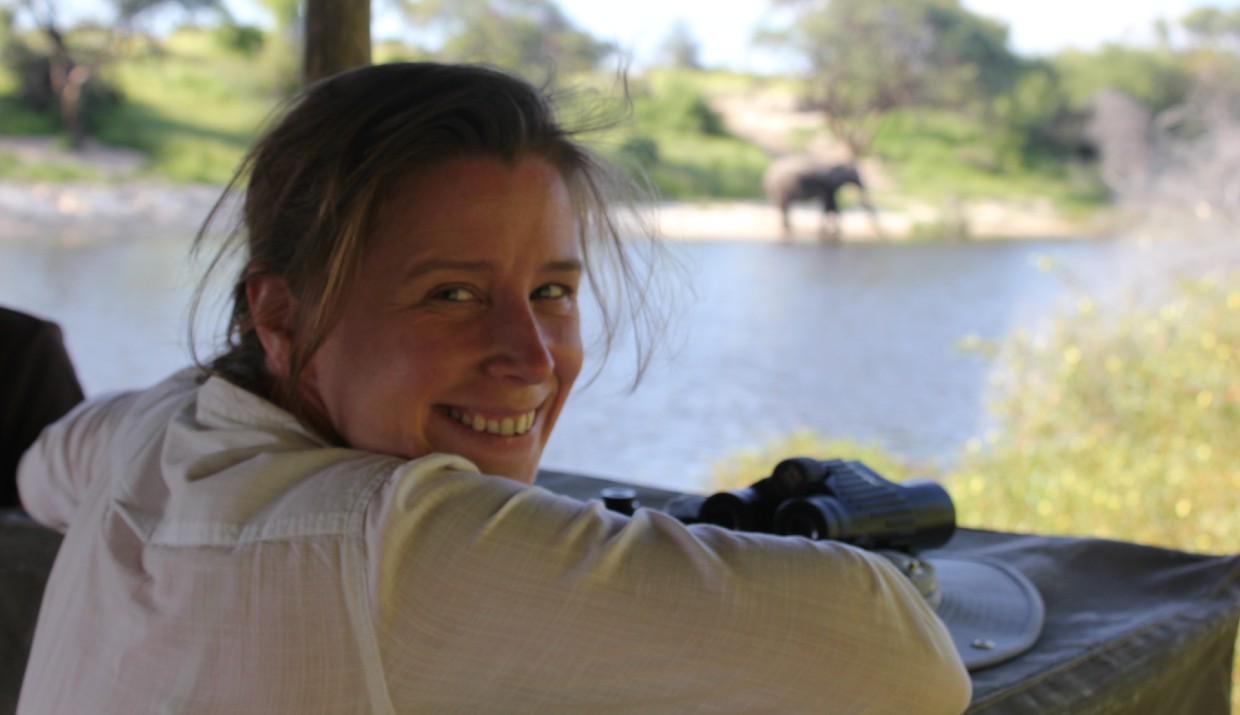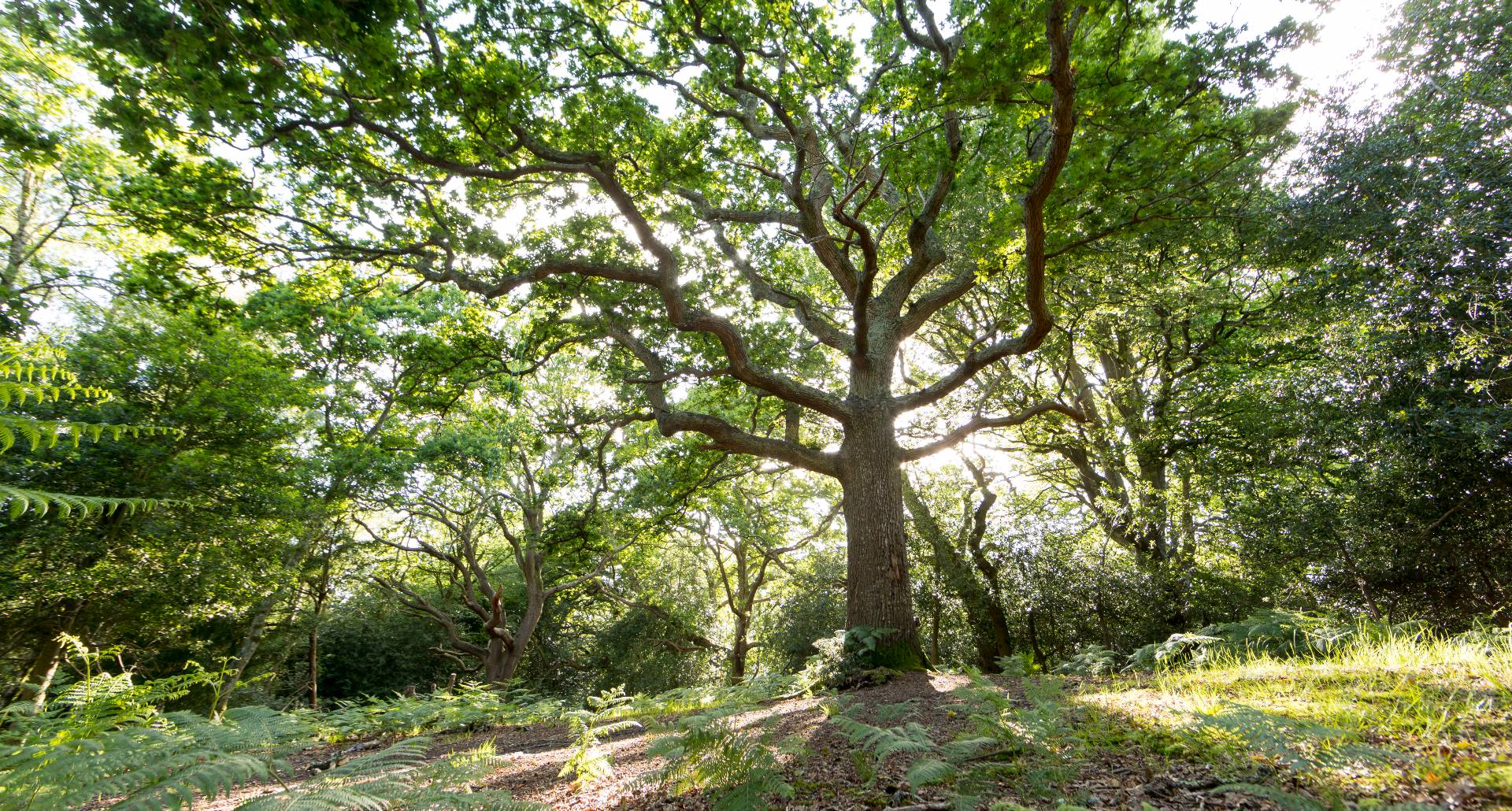Experts from the University of Stirling are part of a new consortium seeking to develop a new approach to defining success in ecological restoration.
Professor Kirsty Park, of the Faculty of Natural Sciences at Stirling, and Dr Elisa Fuentes-Montemayor, of Scotland’s Rural College and an Honorary Senior Lecturer at Stirling, are working in partnership with colleagues at Cranfield University, the National Trust, the UK Centre for Ecology and Hydrology, and Forest Research to unpick and examine the vital elements required for a successful restoration of an ecosystem. They will focus on the complexity of sites, and those properties which emerge when an ecosystem is working as a whole, rather than just looking at the presence and number of indicator species.
The results of the research will provide an important insight into what the restoration of landscapes should involve, to make them more resilient to risks, such as climate change. They will also help us better understand how to achieve net environment gain through interventions – such as tree planting and re-introducing species – and determine what success looks like.
Funded by the Natural Environment Research Council, researchers will focus on grasslands and woodlands initially because they are two major habitat types typically targeted for restoration work and they provide contrasting ecological communities. The researchers are aiming to understand how complexity develops and how it links to important ecological functions such as nutrient cycling and decomposition. Measures of complexity will include the structure of the habitat, soil microbial complexity, soundscapes (collective animal vocalisations) and species interactions.
 Professor Kirsty Park, Head of Biological and Environmental Sciences
Professor Kirsty Park, Head of Biological and Environmental Sciences
Professor Kirsty Park said: “We will examine how the outcomes of restoration vary with proximity to other similar habitats, and what their previous land-use was – in this study we are examining sites formerly used for agriculture or quarrying.
“For our woodland sites, this will include planting versus natural regeneration, which has been a topic of much debate recently. Importantly, we will also look at how these outcomes vary over time, by including sites of varying restoration age.”
Rosie Hails, Director of Science and Nature at the National Trust, said: “There is a global biodiversity crisis driven by mounting pressures including land degradation and climate change.
“Within the UK, responses include the Government's 25 Year Environment Plan, which sets out a vision to secure a more biodiverse, connected and resilient landscape. The Natural Capital Committee has argued for the need to secure net environmental gains, and this will form part of the upcoming Environment Bill.
“Landscape restoration has previously been hampered by an old school approach focused on restoring a landscape to a particular point in time. However, with the increasing number of challenges our landscapes are facing we need to look forward to what will create the robust, functional and resilient ecosystems of the future.
“We therefore need to get to grips with what ‘good’ conservation looks like – what are the ingredients to help us to create functionally intact ecosystems for the future.
“Findings will help us with our own conservation goals of creating 25,000 hectares of priority habitats by 2025 and the establishment of 20 million trees to expand or to create new areas of woodland across our land over the next decade.
“It’s essential that our decisions are built on strong evidence, so we are delighted that the Trust can play a role in this research”
Professor Jim Harris of Cranfield University, Lead Principal Investigator for the project, said: “We are trying to understand how the nuts, bolts and cogs of the ecosystems that we are interested in reassemble, and whether this can be done quickly – or whether we need a lot of patience with Mother Nature – who you simply cannot fool.”
Teams of soil ecologists, botanists, entomologists, animal behaviourists will kick-off an integrated programme of field sampling and laboratory analysis, together with remote sensing, statistical, bioinformatics and mathematics experts, to provide a detailed exploration of different sites and the factors which control their development and stability.
For more information, please visit Restoring Resilient Ecosystems (RestREco).

